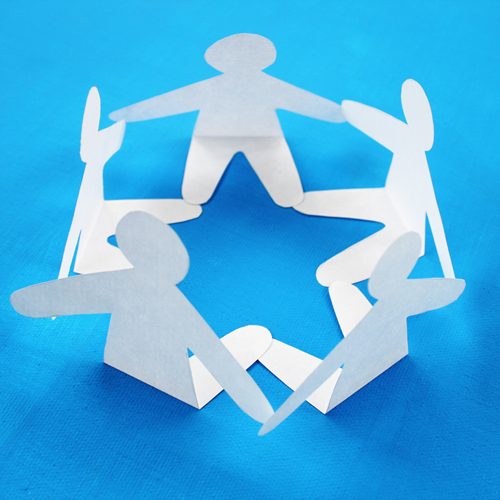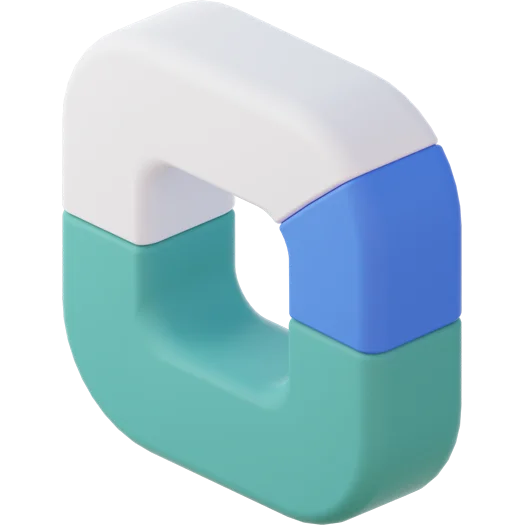What is a Donor Co-op and Why Should You Use One?

Data co-operatives (aka co-ops) are a valuable, yet often misunderstood, tool. After five years of the SimioCloud co-op, we want to give an FAQ for those who have questions.
What is a co-op?
A donor co-op is a strategic alliance among nonprofit organizations that enables smarter, more cost-effective donor acquisition and informs better donor selection for renewals and upgrading. Each member gains access to predictive models that identify the best prospects and donors to target by contributing anonymized donor data.
How do they work?
Organizations share their donor files with the co-op. That data includes a name and enough information for identity matching (such as postal and email address). It also includes giving history, promotional history, and transaction metadata. That data is pooled, and any donors that are unique to that organization — that is, they give to no other organizations — are not available for sharing.
As you request audiences, SimioCloud and its experts will model to meet your goals based on the combined information from all donations plus additional data that can influence giving (for example, with SimioCloud, we have thousands of data points on every American, including transactional, demographic, attitudinal, and behavioral data). This is done with hashed, anonymized data so that individual donor identities aren’t exposed. The result is a scored list of people that you can use once for communications.
What are the benefits of using co-ops?
Co-op audiences almost inevitably outperform list-based acquisition or RFM-based donor segmentation based solely on transactions. This is because of the abundance of data available and advanced modeling. After all, renting one list gives you information from just that list — co-ops have far more depth of information. This increased performance means you also have more scale and capacity to grow your direct marketing program.
The additional data from co-ops also allows you to better target your messages. Let’s say you ask for two models — one that focuses on maximizing average gift and the other that maximizes response rate. Naturally, you might want to ask those who give more to give more. This level of information isn’t available from list rentals. Likewise, RFM-based segmentation doesn’t give you the advantage of knowing what donors give to other organizations.
Co-ops are also democratizing. Organizations, large and small, have access to the same names and models for their organizations. This is one way organizations can contribute to and benefit from the cooperation that is typical in the nonprofit sector.
What are some of the drawbacks?
There are some concerns that organizations are “giving away their list.” However, donors who give only to one organization are not used within the co-op. This makes sure that unique donors remain unique.
There is also often a concern expressed that donors would get fatigued or overexposed. If this is a problem, it’s also self-correcting. If donors no longer give, they won’t be the best potential donors and will become less exposed. That said, this happens infrequently. In fact, people who donate to multiple organizations are more likely to donate to the next one. They have discovered that giving brings them joy and like the opportunity to feel that joy again.
How do I choose the right co-op?
There are several factors to look at to assess whether you want to join a co-op or how much volume to do with them:
- Data – How many transactions and organizations does the co-op have in it? And what non-donation data does it use? You are looking for the widest variety, so modeling can pick up on all possible cues.
- AI – How is the modeling done? Some systems still use regression modeling, which breaks down effectiveness when you have a high volume of quality data.
- Omnichannel – We know that a donor who gives online may be giving because of a mail package. If you aren’t tracking those donations, you may be missing out on those donors.
- Nonprofit-focused – Some modeling organizations aim to drive purchases and assume that philanthropic intent is the same as purchase intent. It isn’t. Models that process things that way will miss out on the uniqueness of nonprofit organizations and their donors.
- Better identity resolution – True identity resolution means connecting the dots between real people across devices, platforms, and channels in real time. The goal is to build a single, unified view of each constituent. The more you know about an individual, the more precisely you can associate their behaviors, transactions, and actions. And the more precise those connections are, the more accurate predictions become.
How do I get the most out of my co-ops?
- Clear goals – If your goal is to acquire direct marketing donors as a way to build a major donor pipeline, you need to use models that maximize donor value. If you are looking to build a movement, you may value the quantity of donors more than their quality. As Yogi Berra said, if you don’t know where you are going, you’ll end up someplace else.
- Data hygiene – Like regular hygiene, this is always a good idea, but the more data that can flow into your co-op from different channels, the better results you will get. Maintaining complete and accurate records also reduces the risk of errors that could impact your results.
- Enforcing strong testing protocols – Some co-ops will encourage you to test against other co-ops and rig the results by putting their co-op’s results ahead in merge order. This means that prospects that are the most obvious (should we mail the person who gives every time a new organization mails them? Sure!) are claimed by that co-op as unique. The proper way to test results is to look at the marginal prospects for each co-op. So, for example, if each co-op gives you their best 100,000 and 80,000 of them are the same between the two co-ops, the best test of results is to compare co-op A’s 20,000 that don’t match to co-op B’s 20,000.
- Frequent updates – The fresher your data into the co-op, the better your results will be. Donor composition is constantly changing, and co-op modeling will often privilege more recent results (e.g., are the same donors giving to you for the same reasons as they were during COVID lockdowns?) as the most important.
Please let us know in the comments if you have any other questions you have about co-ops, and we hope this helps!

